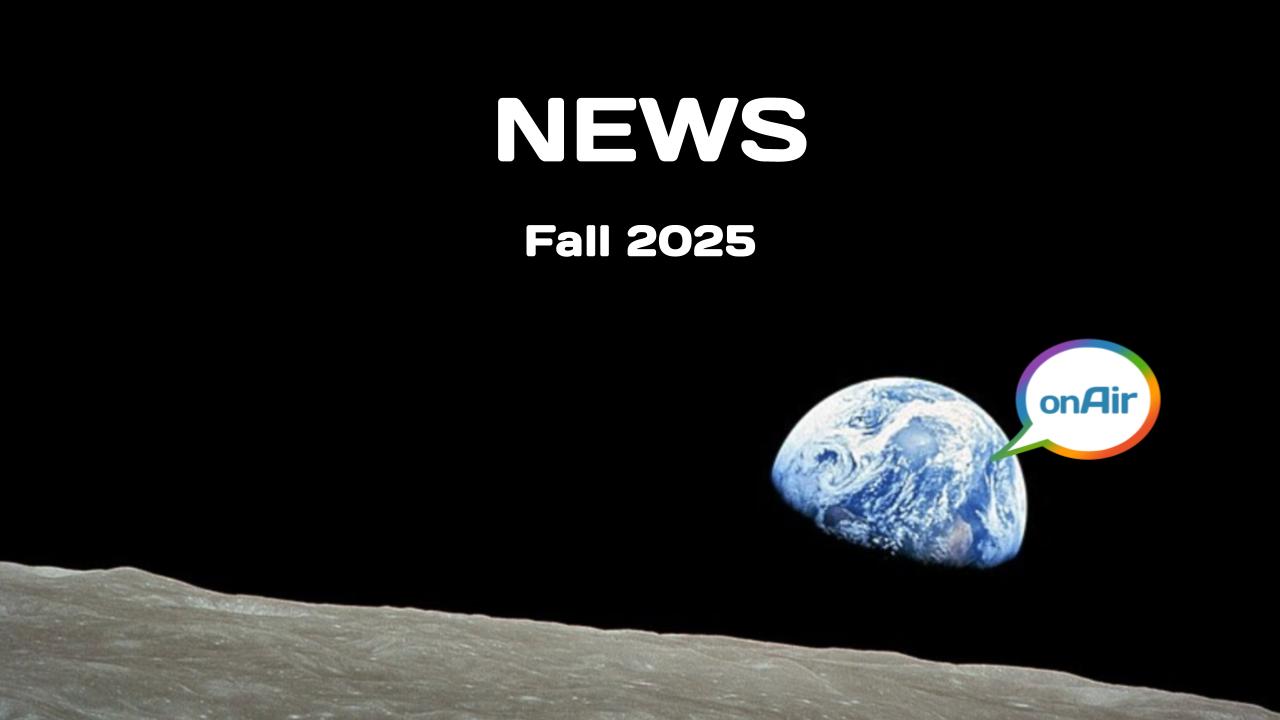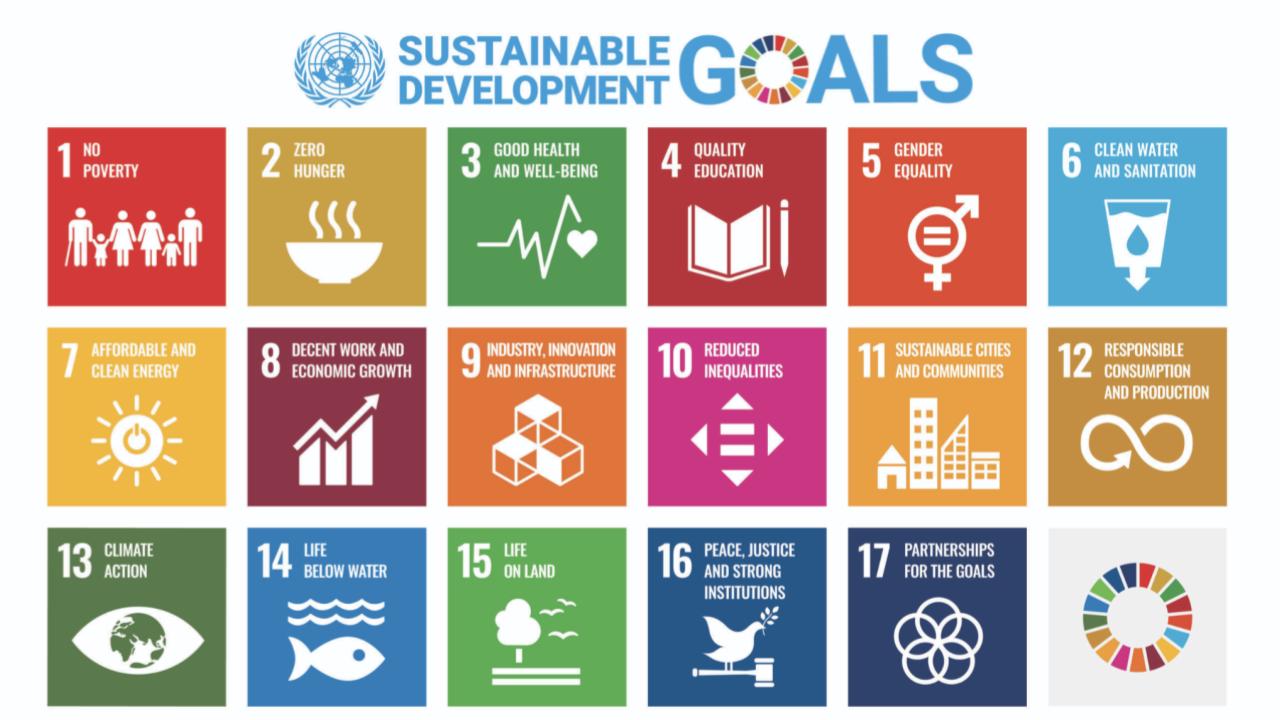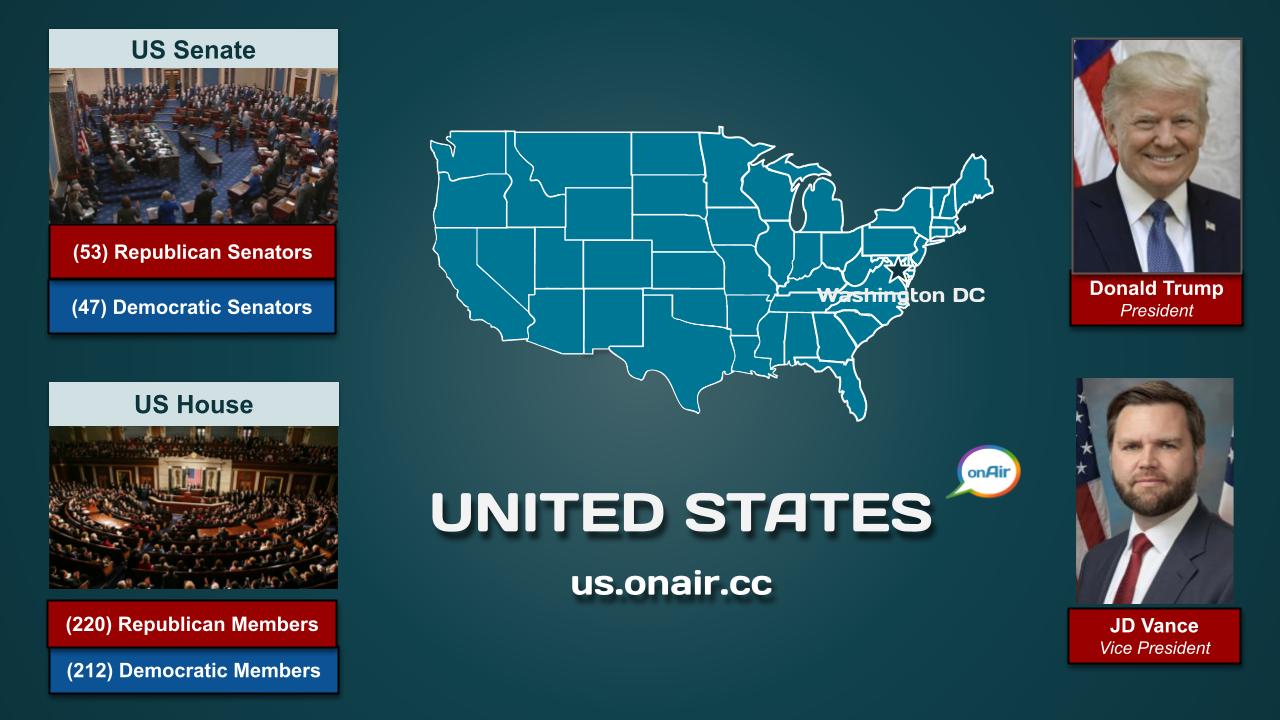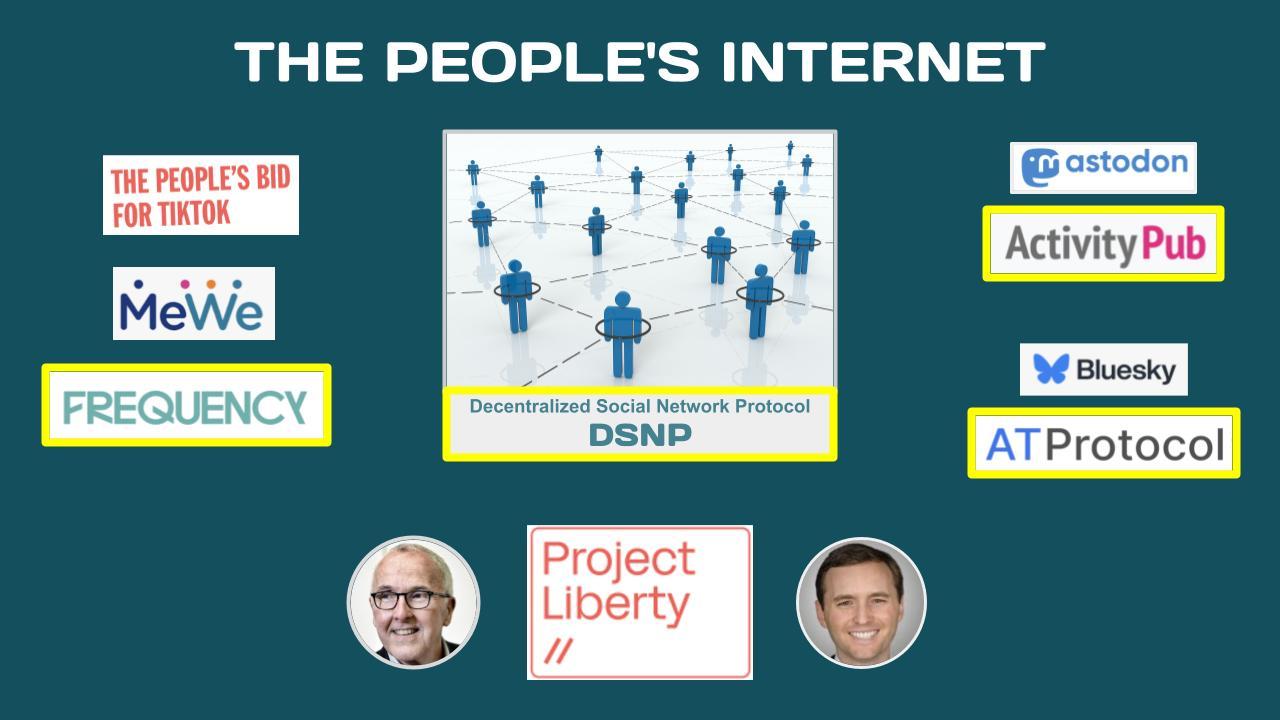News

I’m overjoyed to share that When I Grow Up, I Want to Be Lots of Things, the children’s book I coauthored with my daughter Lily, is officially out in the world!
This project is incredibly close to my heart — not just because it’s a book, but because it’s a dream that literally came to me in my sleep.
Years ago, while I was wrapping up my doctoral dissertation, I had a vivid dream telling me to write a children’s book. The message was crystal clear: kids are constantly asked, “What do you want to be when you grow up?” — with the expectation that they pick one thing. But I’ve always felt that was the wrong question.
Kids (and adults, too) are allowed to be lots of things. We don’t need to squeeze ourselves into one box.
So I wrote a draft based on that first dream. But it didn’t feel quite right — until I had a second dream. I woke up with the phrase “Box Factory” in my mind. That was the missing piece. I revised the manuscript, and then…I let it sit. For years.
At the time, I was already a mom to a bright, beautiful two-year-old named Lily. I was busy, life kept moving, and the book quietly waited.
When Lily turned seven, I pulled the draft back out and read it to her. I told her how it came to me in dreams, and I asked if she wanted to help me revise it. She jumped in with both feet — giving thoughtful, clever edits that elevated the book in ways only a child could. Her instincts were incredible. She made it sharper, more lyrical, and even more heartfelt.
So now, here we are — Lily and I, coauthors of our very first children’s book, proudly self-published and available on Amazon.
When I Grow Up, I Want to Be Lots of Things is a playful, poetic celebration of kids who are still becoming — the ones who want to be scientists and artists, leaders and caretakers, comedians and explorers. It reminds children (and all of us) that it’s okay to be many things, and that curiosity is something sacred.
One of my favorite lines says:
“Learn about weird stuff too, even if other people think it is strange.Follow your own curiosities, wherever they take you.”
Thank you for celebrating this moment with us. I’m so proud of Lily, and so grateful this little dream — one that came to me while I slept — finally made its way into the hands of other dreamers.
You can grab your copy of When I Grow Up, I Want to Be Lots of Things now on Amazon. And if you enjoy it, we’d love your help spreading the word — post a review, share with a friend, or tag us online.
https://youtube.com/shorts/3NobDabHpG4?feature=shared

The U.S. spends over $80 billion every year on corrections. Yet our criminal justice system is failing — with nearly 77% of people rearrested within 5 years. This isn’t rehabilitation. It’s punishment, trauma, and generational harm.
Over 2.7 million children grow up without a parent because of incarceration. Over 4,000 prisoners die in custody every year. We’re funding a system that destroys lives instead of rebuilding them. That’s not justice. It’s time for change:
- Focus on rehabilitation, not punishment
- Invest in education, mental health, and community support
- Break cycles of trauma and recidivism
The defining issue of the week was antitrust enforcement. In a landmark decision in a US district court in the Google search remedies trial that will undoubtedly shape the future of the internet, a federal judge opted against forcing Google to spin off its Chrome browser but barred it from striking exclusive agreements to promote its search engine.
Tech Policy Press associate editor Cristiano Lima-Strong reported on the decision, including in a piece looking at how Judge Amit Mehta’s considerations around artificial intelligence shaped the ruling, which heavily emphasized the role generative AI tools like ChatGPT could play in the future of online search and information retrieval.
There’s a lot more to consider this week, starting with two round-ups:
- Catch up on what happened in US tech policy in August with a roundup from Freedman Consulting’s Rachel Lau and J.J. Tolentino and Tech Policy Press managing editor Ben Lennett, including coverage of the federal push for AI in gov’t, the potential harms of AI chatbots to children, and developments in Congress.
- Check out another installment of the Global Digital Policy Roundup for August 2025 from the experts at Digital Policy Alert. Maria Buza, Aishwarya Vaithyanathan and Tommaso Giardini highlight tech policy developments in content moderation, artificial intelligence, competition, and data governance.
The One Percent Rule, – September 2, 2025
What was once dismissed as speculation, machines that do science, cells programmed like software, consciousness measured and perhaps replicated, is now edging from possibility to probability. The question is no longer whether the old certainties will fracture, but how soon, and how profoundly.
This cluster of near-horizon advances, in fields once considered separate provinces, physics, biology, mathematics, computer science, cognitive science, are now edging toward one another, like tectonic plates. Their collision threatens to remake the continent of knowledge.
Today, AI systems are proposing mathematical conjectures, predicting protein interactions, designing drugs, and in some cases devising experiments beyond the imagination of their human handlers. “The end of theory” was once a glib New Yorker headline; today, it begins to feel literal. Science is building a machine that can do science. The implications are not only practical (shorter drug pipelines, new materials) but existential. When intelligence ceases to be a uniquely human monopoly, the Enlightenment’s quiet assumption, that reason is our species’ birthright, collapses.
Now we have Master Plan Part IV.
In this latest installment, Tesla is barely a car company anymore, and Elon no longer cares about the climate crisis. Sustainable energy is out. “Sustainable Abundance” is in. (Thanks, Ezra and Derek.) Now Tesla “make[s] physical products at scale and at a low cost with the goal of making life better for everyone.” It “build[s] the products and services that bring AI into the physical world.” Sure.
None of this tells us anything about the actual future of Tesla as a trillion-dollar producer of material objects. The point of these master plans is to make the stock number go up, or at least to prevent the number from trending down. And that’s because we judge publicly traded companies based on their stock performance, which is practically untethered from their net revenues.
The most noteworthy part of Master Plan IV isn’t the rosy Optimus/AI predictions. It’s the date. Elon went a decade between the first two plans, seven years between the second and third plans, and just two years between the third and fourth.
If Tesla’s underlying business was going well, Elon Musk wouldn’t need to ring this particular bell so frequently. By 2031, I estimate he will be releasing a new Master Plan every eleven hours. It’s the beginning of an exponential curve! Imagine a future of unlimited PR jargon.
Here is how unbundling the American university would work.
When students are accepted to any university, they would henceforth have a choice between (at least) two prices. The first price—let’s call it the White Lotus option—would offer the bundled service which they currently need to purchase in order to enroll. On top of access to their academic coursework, it would provide them with a room in a dorm, with a meal plan, with access to the university gym, and with all of the other amenities to which college students have become accustomed.
The second price—let’s call it the I’m Here to Learn option—would be based solely on the cost of providing a stellar education. It would allow students to complete their undergraduate education, including access to lectures and seminars and laboratories, but exclude the other amenities which have come to be such a big part of the university experience. Students would themselves be responsible for securing housing, for feeding themselves, and for figuring out their leisure activities.1
Are colleges, as nearly all of them claim, actually serious about making their institutions “financially accessible,” about catering to a “diverse set of needs,” and about creating greater “ideological diversity”? Well, here’s the logical first step towards realizing all of these goals.
What is a World Foundational Model?
World foundation models (WFMs) are neural networks that simulate real-world environments as videos and predict accurate outcomes based on text, image, or video input.
These LLMs will accelerate how robotics can learn to do tasks and work together in a variety of ways. Companies like Google, Nvidia, Meta, Physical AI and Skild AI, among others, are working on this. Everyone wants to build the “software brain” for the future of robotics.
In a short span of time, companies like Nvidia, Ai2, Google and others released their WFMs with relevance to robotics simulation.
Jacob Kimmel thinks he can find the transcription factors to reverse aging. We do a deep dive on why this might be plausible and why evolution hasn’t already optimized for longevity. We also talk about why drug discovery has been getting exponentially harder, and what a new platform for biological understanding to speed up progress would look like. As a bonus, we get into the nitty gritty of gene delivery and Jacob’s controversial takes on CAR-T cells. For full disclosure, I am an angel investor in NewLimit. This did not impact my decision to interview Jacob, nor the questions I asked him.










